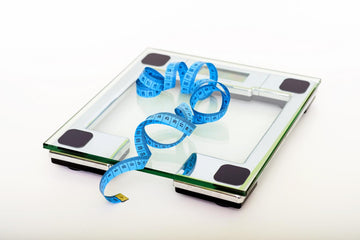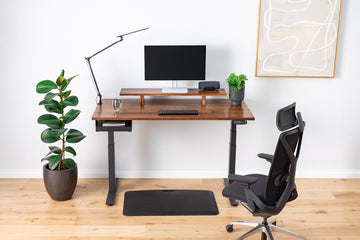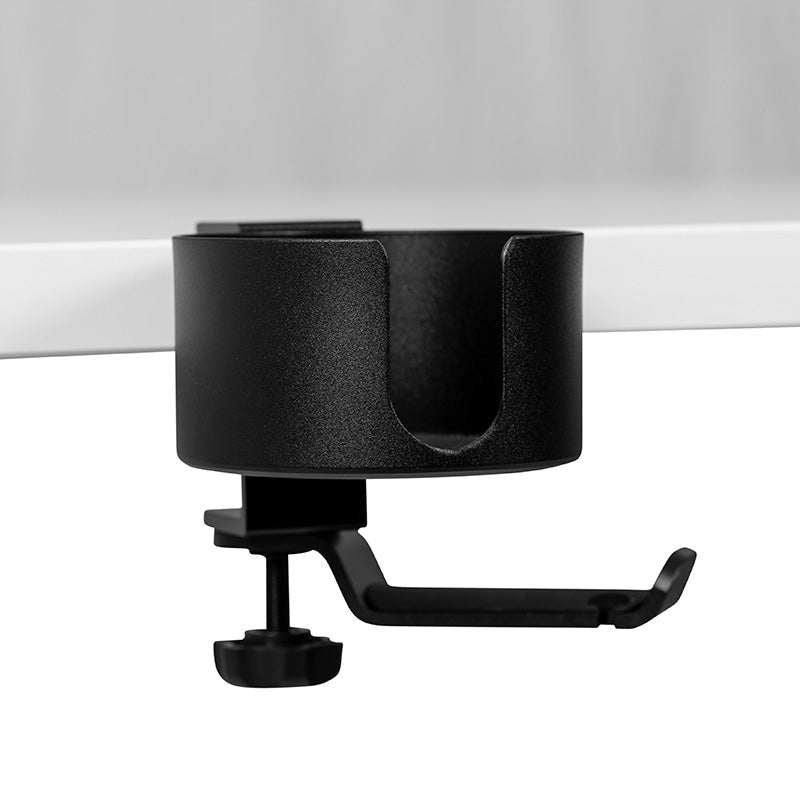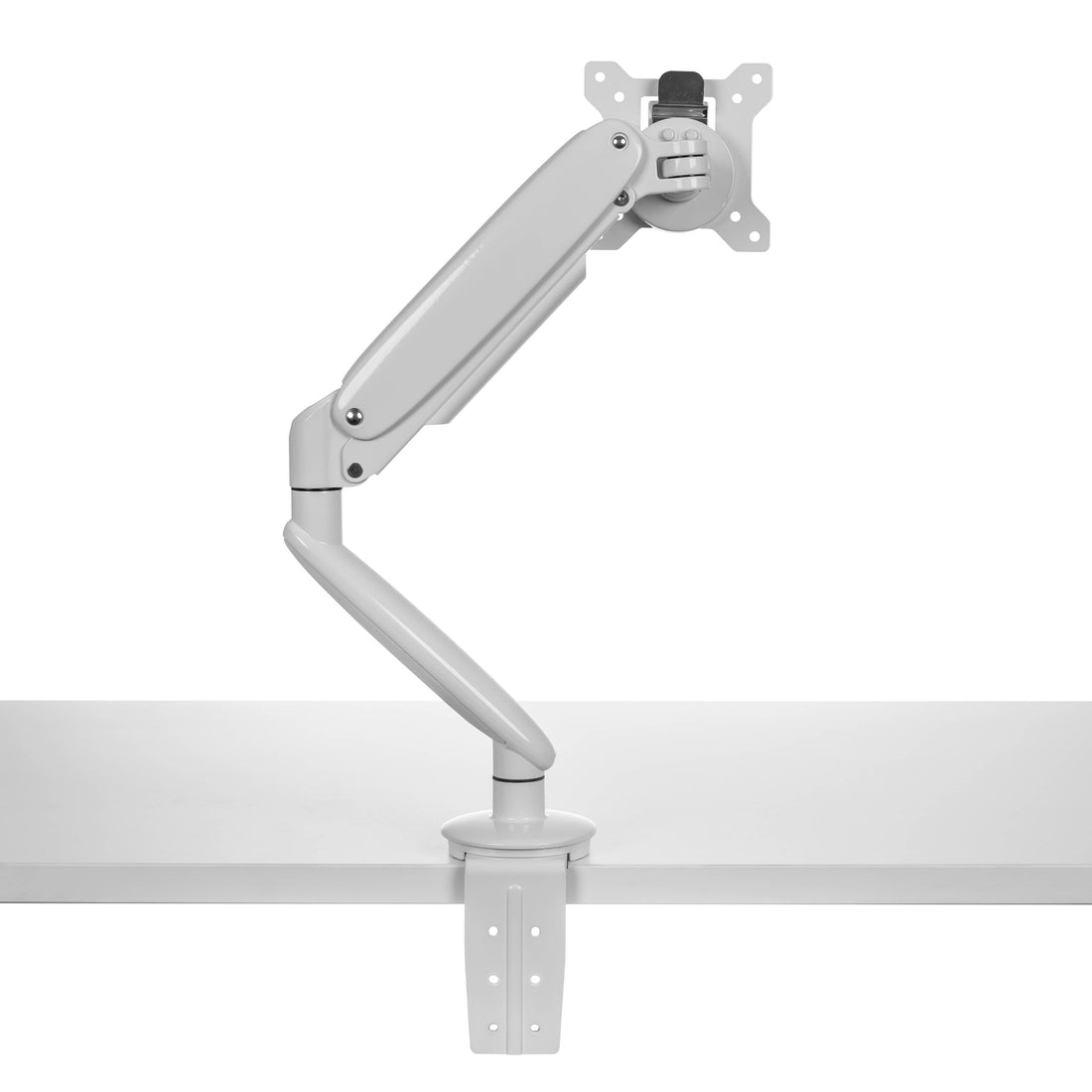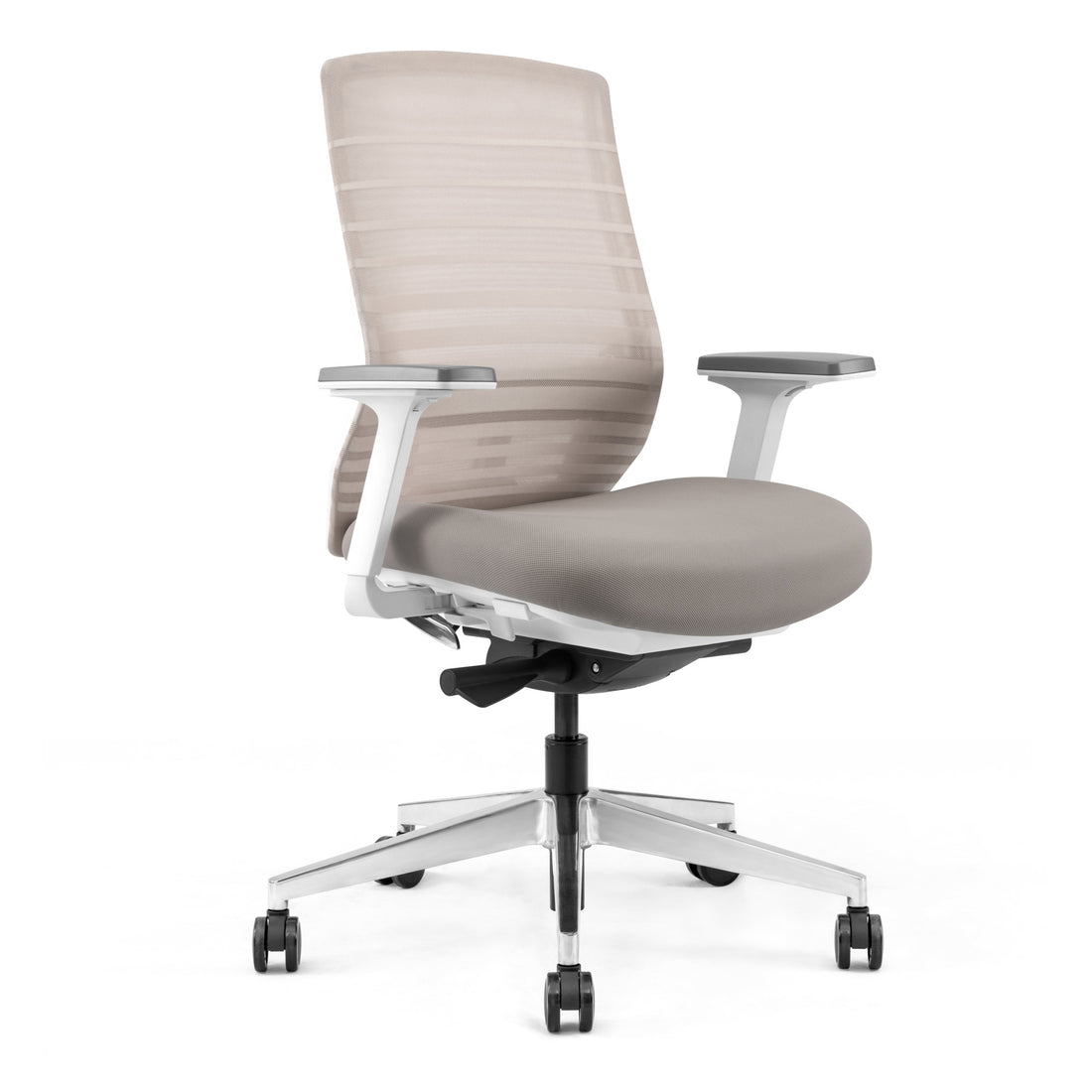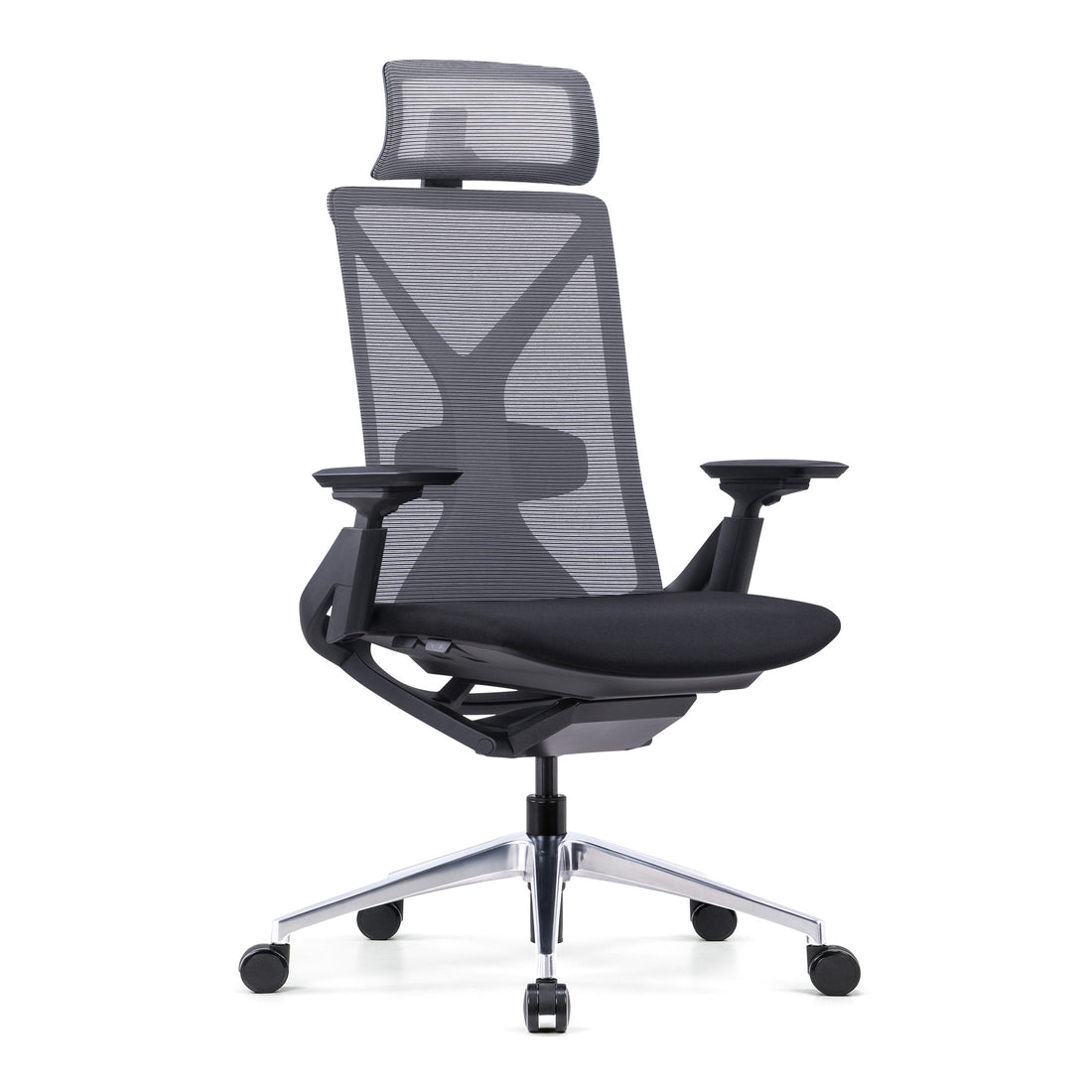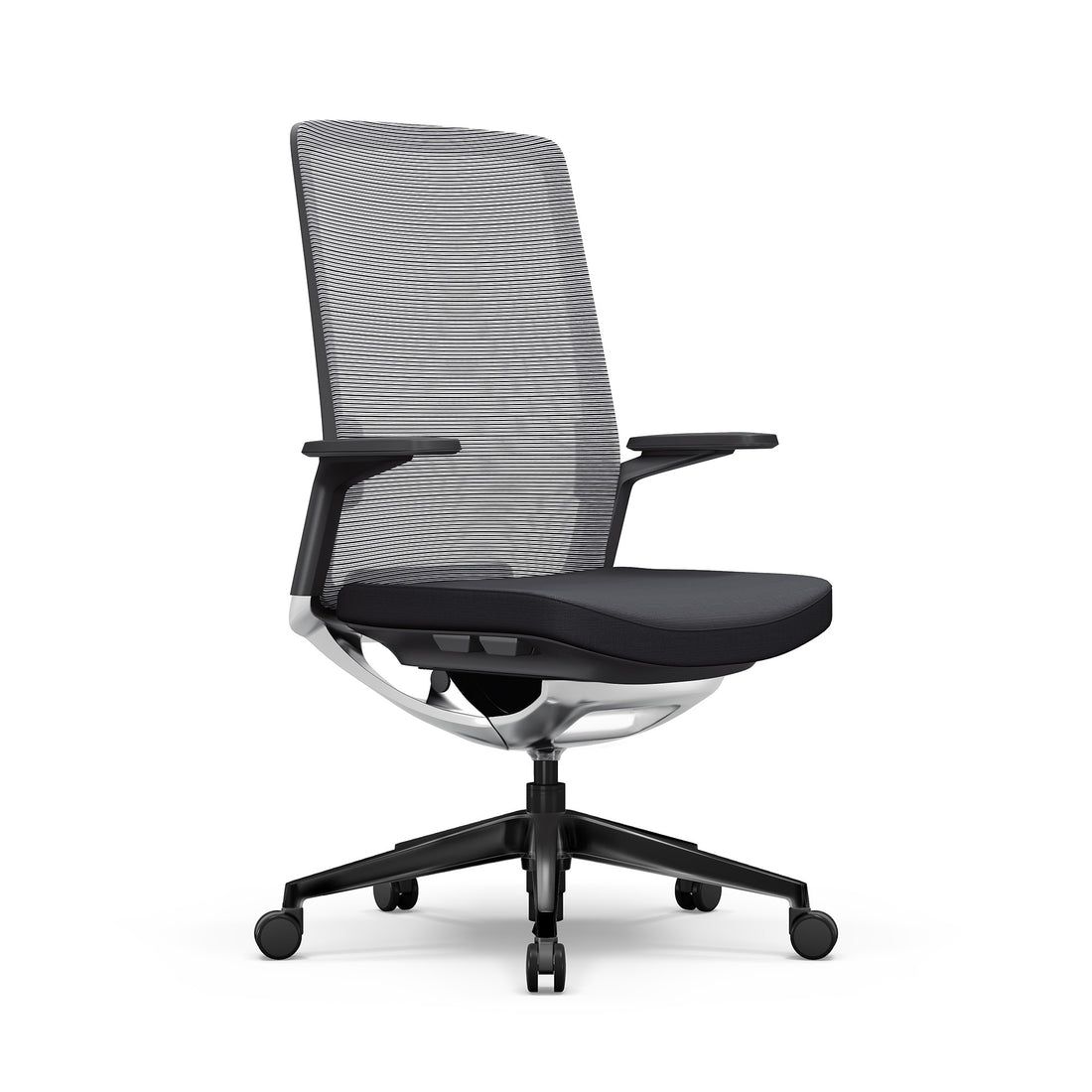Can sit-stand desks help you lose weight?
If you've heard all about the hype surrounding these types of desks, you're probably curious about the standing desk weight loss debate. While standings desk users are walking testaments to this lifestyle adjustment, some still have their doubts. And today, we're going to clear the air - taking a deep dive into the link between standing desks and weight loss.
One of the many benefits of using standing desks is the increase in energy expenditure. Energy expenditure is, in simplified terms, the total amount of calories that you burn each day. When your energy expenditure is larger than your caloric intake from food, weight loss occurs.
Now, let's say you're used to sitting all day. This doesn't just create pain, stiffness, and other physical ailments. It can also contribute to serious weight gain over the course of your life. What if you could burn calories while standing at your desk? It's possible. And down below, we'll cover everything you need to know.
Is There A Link Between The Standing Desk And Weight Loss?
So, is the standing desk weight loss benefit legitimate? Or, do the naysayers have a point? We're going to be 100% transparent here - the weight loss from standing desks is minimal.
That's not to say standing desks aren't worth it, though. By investing in a quality sit-stand ergonomic desk, you'll eliminate the pain and tension associated with prolonged sitting. There are also huge standing desk posture benefits that come with an ergonomic workstation. You'll also enjoy a lower risk of heart disease, better core and leg strength, and huge increases in your productivity, creativity, and focus.
All things considered, an ergonomic standing work desk is a great investment in your overall health and well-being. And, the truth is - you will lose weight with a standing desk. The only question is, how much - and how quickly?
Let's take a look at what the science says about standing desk weight loss.
Sitting Vs. Standing (11.5 Kg Over 10 Years)
The research is still not consistent regarding how much energy we use sitting vs. standing, and many studies vary vastly in how they measure energy expenditure. However, a 2018 meta-analysis of all of the studies regarding the energy expenditure between sitting and standing concluded that the average difference between sitting and standing was 0.15 calories/minute, or 9 calories an hour. This means that substituting four hours of sitting a day with four hours of standing would result in 36 more calories burned.
But, that doesn’t mean you’ll burn that every hour. Remember - you alternate between sitting and standing. So, you’ll need to consider how long you stand at your standing desk when considering how much weight your desk will help you lose.
Spending half of your time using the standing feature of your sit-stand desk would mean burning 180 extra calories a week, 720 extra calories a month, and 8640 calories a year. Since a kilogram of body fat is equivalent to around 7500 calories, the difference in energy expenditure would translate to about 1.15 kg of body fat in one year.
To expand the picture, for somebody working from a standing desk long-term, over 10 years they could expect to weigh up to 11.5kg less than if they had not used a standing desk at work.
Our calculations assume that there is no additional increase in energy intake, you are working 8 hours per day, 5 days per week, 52 weeks per year, and that the only difference in your activity levels is the amount of static standing vs. static sitting.
Even better, there are several simple ways to increase this number even more, such as using a balance board, taking walk breaks, or doing standing exercises while using your height-adjustable desk.
Balance Boards (An Extra 1.7kg Over 10 Years)
A 2018 study measured the energy expenditure between sitting, standing, and using a wobbleboard in standing. The study concluded that the difference in energy expenditure (and therefore, weight loss) while using a wobble board was 15% higher than just standing still. The balance board also provided a number of other benefits. It elevates heart rate, activates postural stabilizer muscles, and increases blood flow more effectively than static standing, making it a good option for individuals who find static standing tedious.
After 10 years the average person could expect to weigh up to 1.7kg less than if they had not used a balance board at work. Learn more in our article on the balance board standing desk benefits.
Additional Ways To Achieve Weight Loss At Work (Besides A Standing Desk)
As you can see, there are tangible health benefits to using a standing desk beyond weight loss. However, maybe you're looking to shed some pounds off a bit quicker. If so, you can take a more active approach to standing desk weight loss by implementing exercises every so often to break up the work day. Read on below as we'll identify a few other ways to lose weight at work.
Do Some Quick Exercises At Your Standing Desk (An Extra 12.5kg Over 10 Years)
A 2015 study measured the difference in heart rate and energy expenditure among individuals who used standing desks throughout their workday. During the intervention, individuals broke up 30 minutes of sitting with either two minutes of standing, two minutes of treadmill walking, or two minutes of calisthenic exercises (including squats and lunges). The research showed that calisthenic exercises elevated the worker’s heart rate and energy expenditure the most, with about 13 +/- 5 calories being burned with two minutes of exercise, as compared to sitting (3 +/- 1 calories) and standing (5 +/- 1 calories).
This means that on average, an individual will burn 13 calories with two minutes of calisthenic exercise. If one were to break up bouts of sitting with calisthenic exercise throughout the workday, this could lead to a significant increase in energy expenditure.
Let us assume two calisthenic exercise breaks throughout one’s workday. This would translate to 26 extra calories being burned a day, or 130 extra calories burned a week. Twice daily exercise breaks would result in 6240 extra calories burned a year, or 0.83 kg a year. If you take three calisthenic breaks a day, this number jumps to 9360 calories, or 1.25 kg a year.
After 10 years the average person could expect to weigh up to 12.5kg less than if they had not had 3 x 2-minute daily exercise breaks at work. Check out these standing desk exercises to learn more.
Stability Balls (For Exercise Only)
The research on the efficacy and benefits of stability balls is very variable. From an energy expenditure perspective, a study published in 2015 determined that the energy expenditure between static sitting and sitting on a stability ball is statistically insignificant. A 2008 study showed that sitting on a therapy ball burned an extra four calories an hour as compared to sitting in a traditional chair. This minute difference in energy expenditure adds up in the long term. However, it does not warrant the potential adverse effects of stability balls if you have lower back pain.
A 2016 study, among others, has shown the use of stability balls to be an ineffective strategy in the management of low back pain. The lack of stability and support for the lumbar region, or low back, that occurs while sitting on a stability ball often forces individuals into a forward-flexed posture. This can decrease the space between your discs and joints in the lower back, and lead to further discomfort and pain.
When sitting at your desk in between bouts of standing, we recommend using an ergonomic computer chair with adequate lumbar support and good armrests. Stability balls, while being an excellent tool for exercise, should not be used in an office setting.
Walking (An Extra 18kg Over 10 Years)
The best way to increase your energy expenditure at work is to take walking breaks throughout the day. A 2016 study showed that the most effective way to burn extra calories at work was to take frequent walk breaks. Walking at a self-directed pace, participants burned approximately 56 calories within 15 minutes. This means that one fifteen-minute walk break a week could result in 280 extra calories being burned. Over an entire year, this translates to 13440 calories, or 1.8 kg of body fat being burned.
After 10 years the average person could expect to weigh up to 18kg less than if they had not taken a 15-minute daily walk at work.
Final Thoughts On Standing Desk Weight Loss
There are many ways to increase your energy expenditure at work. Using your standing desk feature, taking calisthenic breaks, and taking walking breaks throughout the day are all good ways to burn extra calories. Wobble boards and stability boards also increase energy expenditure but in a smaller, less significant way.
There is no “one size fits all” solution to increasing energy expenditure at work. We recommend starting with one change to decrease the amount of time spent sitting throughout the day, and work up from there!
Remember, the best way to burn calories and improve your health is by participating in consistent physical exercise. Try spending 150 minutes a week engaging in moderate to vigorous physical exercise.
And if you're looking to reap all the benefits that come from standing desks, get the best sit-stand desk in Australia today - at UpDown Desk. In our catalog, you'll find sit-to-stand corner desks, manual sit-to-stand desks, and standing desk converters. Shop now and see firsthand why our standing desk users consider us the #1 choice for standing office desks!
Want to learn more about using standing desks? Check out our article on how to program a standing desk, or our discussion on finding the correct standing desk height based on your unique body proportions. We’re your trusted resource for all things sit-stand desks!

By Paulina Wegrzyn.
Paulina Wegrzyn is a physiotherapist residing and practicing in British Columbia, Canada. She completed her Master’s in Physical Therapy at the University of Toronto, in Ontario, Canada. She currently treats a large persistent pain population. Paulina is a certified pelvic floor physiotherapist, and takes a biopsychosocial approach to treatment. She uses a combination of education, manual therapy, soft tissue release, and exercise prescription with her clients. She is interested in educating others regarding the benefits of physiotherapy in order for them to feel empowered to take control of their health. She enjoys writing content related to this field of study as she believes that physiotherapy should be accessible to all.

